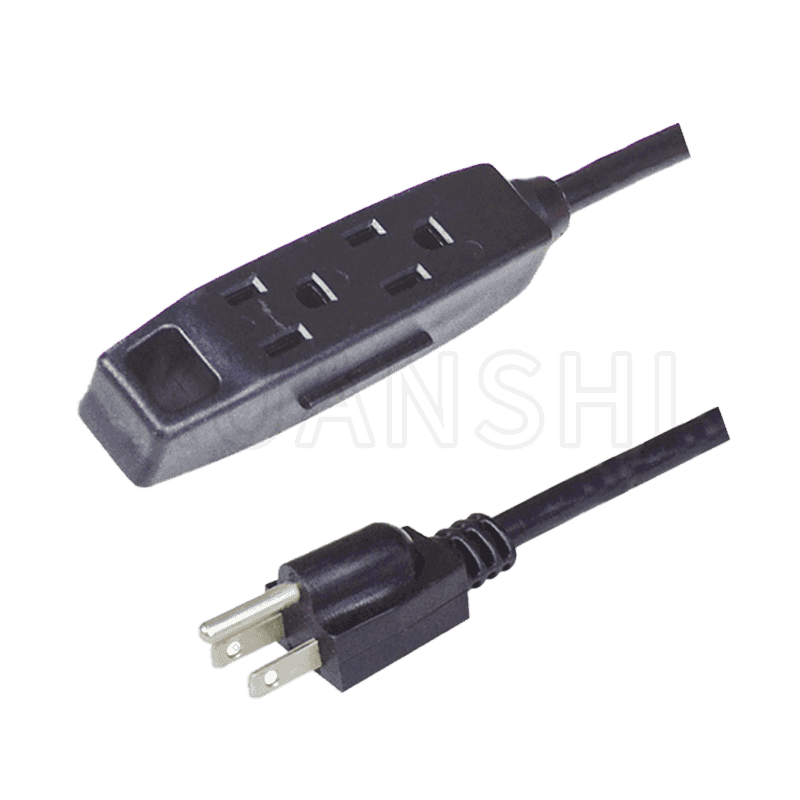Extension cords extend the length of standard electrical wires and are used to power tools, lights, appliances, and other household electronics. They come in a variety of types and sizes, from inexpensive light-duty options to extra-hard-service varieties designed for industrial plants, construction work, RVs and motor homes, and more.
Choose Yours Based on Needs
Most extension cords are rated for a certain amperage, voltage, and wattage. This information is usually listed on the UL or ETL tag and in the owner's manual for the equipment, tool, or appliance that will be powered by the cord.
In simple terms, this means the maximum amount of power a device can safely consume using the cord before overheating and possibly causing a fire. A higher-rated cord can handle more power than a lower-rated one because it's thicker, which increases the capacity to deliver it.
A lower-rated cord also has a greater length, which decreases the power it can carry over time due to the effect of "voltage drop." Voltage drop is caused by electrical resistance that happens as electricity travels through the wire.
Shorter cords have a higher capacity than longer cords because there's less voltage drop. Longer cords aren't recommended for running appliances and power-intensive devices, such as a circular saw or several work lights, because they can strain the wire.
Gauge of Wire and Voltage Drop
The gauge of the wire inside the extension cord is a numerical rating of copper wire diameter, or AWG. In the AWG system, the smaller the number, the thicker the wire.
This is a good rule of thumb to follow when choosing an extension cord. It will help you choose the best option for your needs.
Most cords are sized to meet the amps and watts that the tool or appliance can draw, which is indicated by a small metal plate that explains the amperage rating of the device. For example, a circular saw may be rated for 8 amps. So if you're looking for an extension cord that can power a circular saw, you'd need a cord rated for at least 8 amps.
Amperage and Voltage Drop
Electricity is susceptible to voltage drop, which can cause the device or appliance to overheat and possibly even catch on fire if you use it incorrectly. That's why it's important to use the shortest cord possible.
If you're not sure which cord is the right size for your needs, try a test to see how many feet the cord can stretch before it begins to overheat. You can do this by measuring the total length of your electrical circuit, or simply using a multimeter to read the resistance at different points in your home's wiring.
The same goes for the wattage of the cord. A wattage is an estimate of the power a device or appliance can deliver, and is typically indicated by the number of watts per foot of cord or by the wattage rating on the label of the appliance or tool you're plugging into.

Material PVC
Input Voltage and Current 13A/15A/125V AC
Exterior Color black or customized
Wiring SJT/SJTW/SJTOW 16/14AWG/3C
SPT-3 16/14AWG/3C
